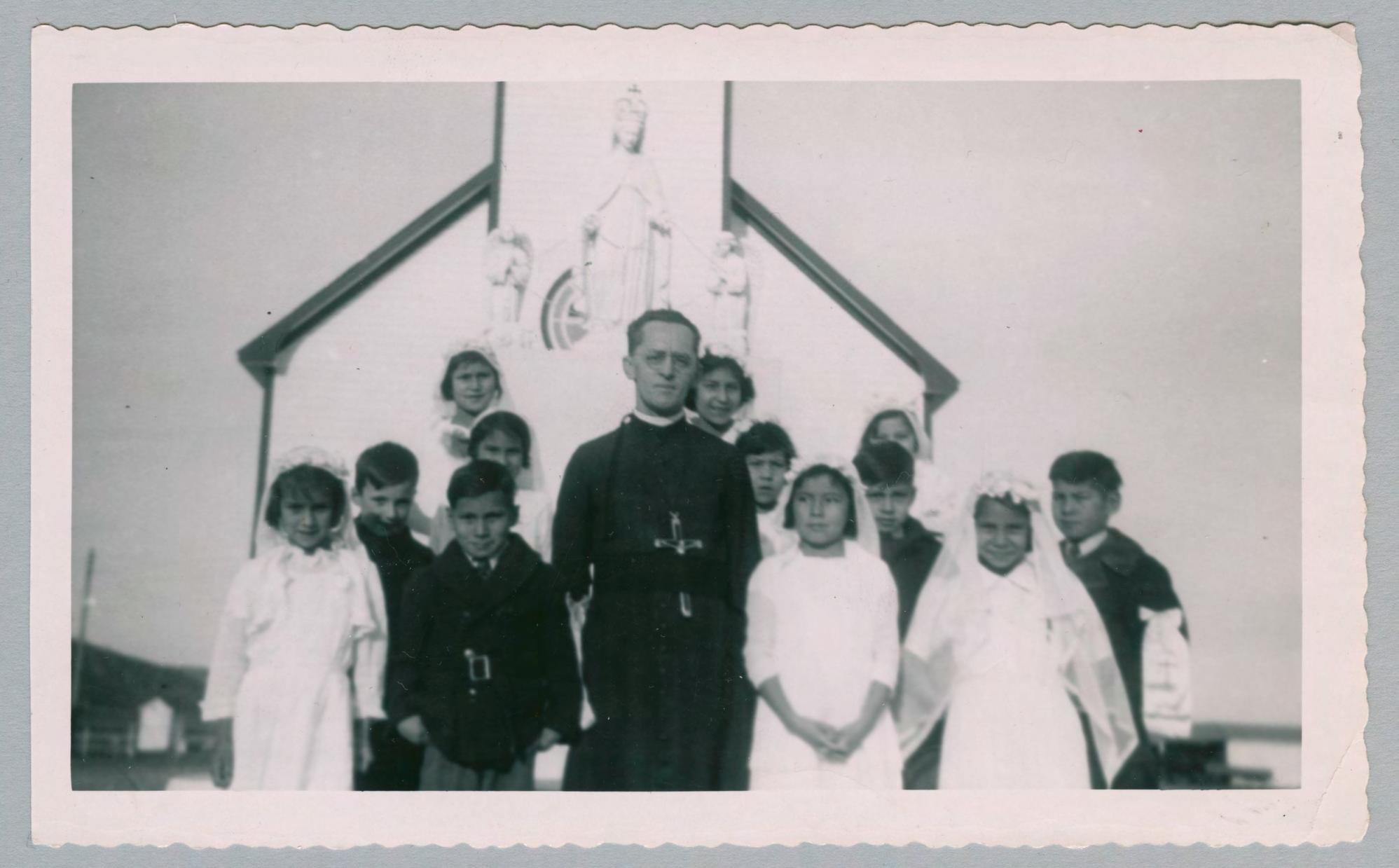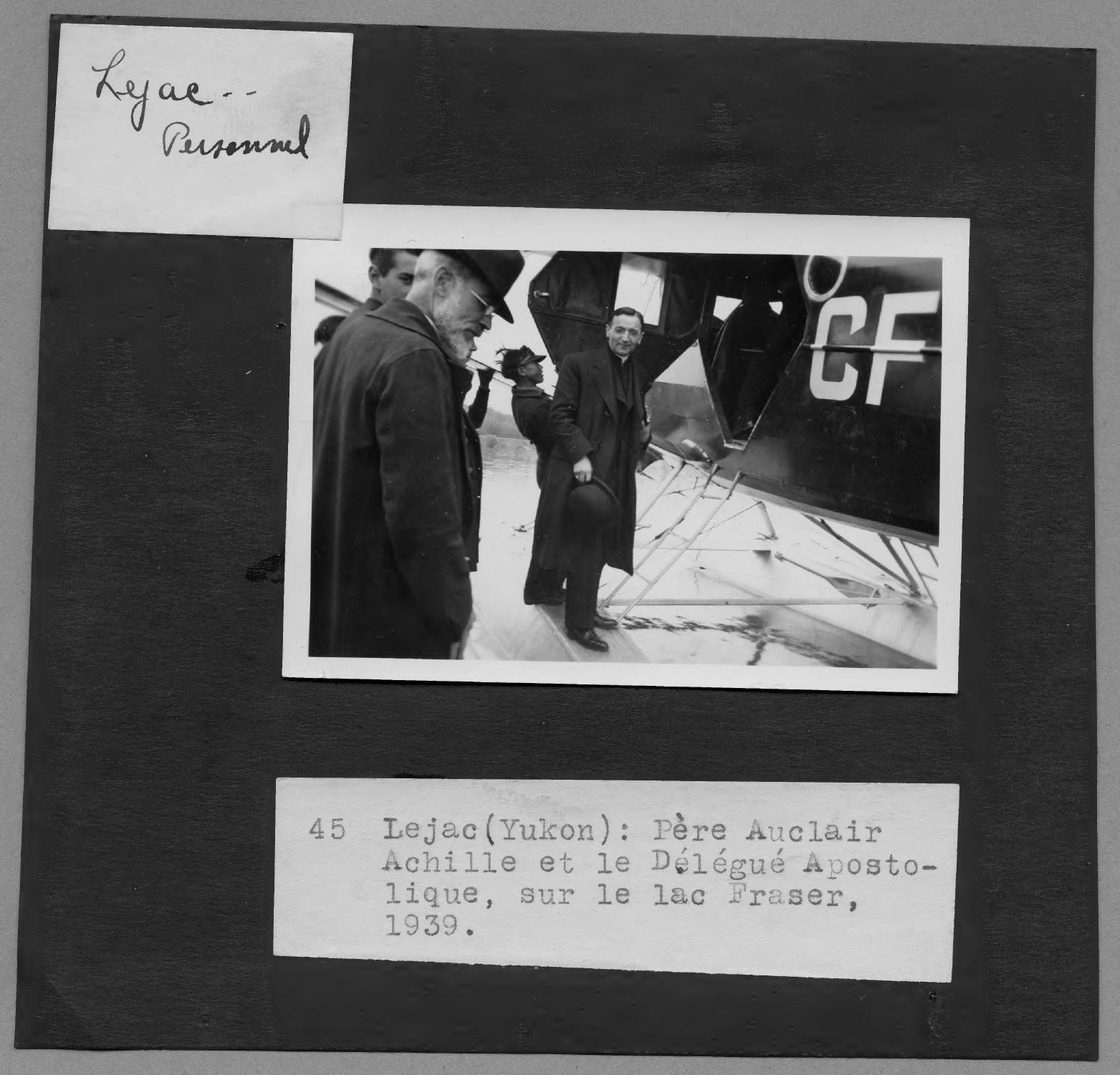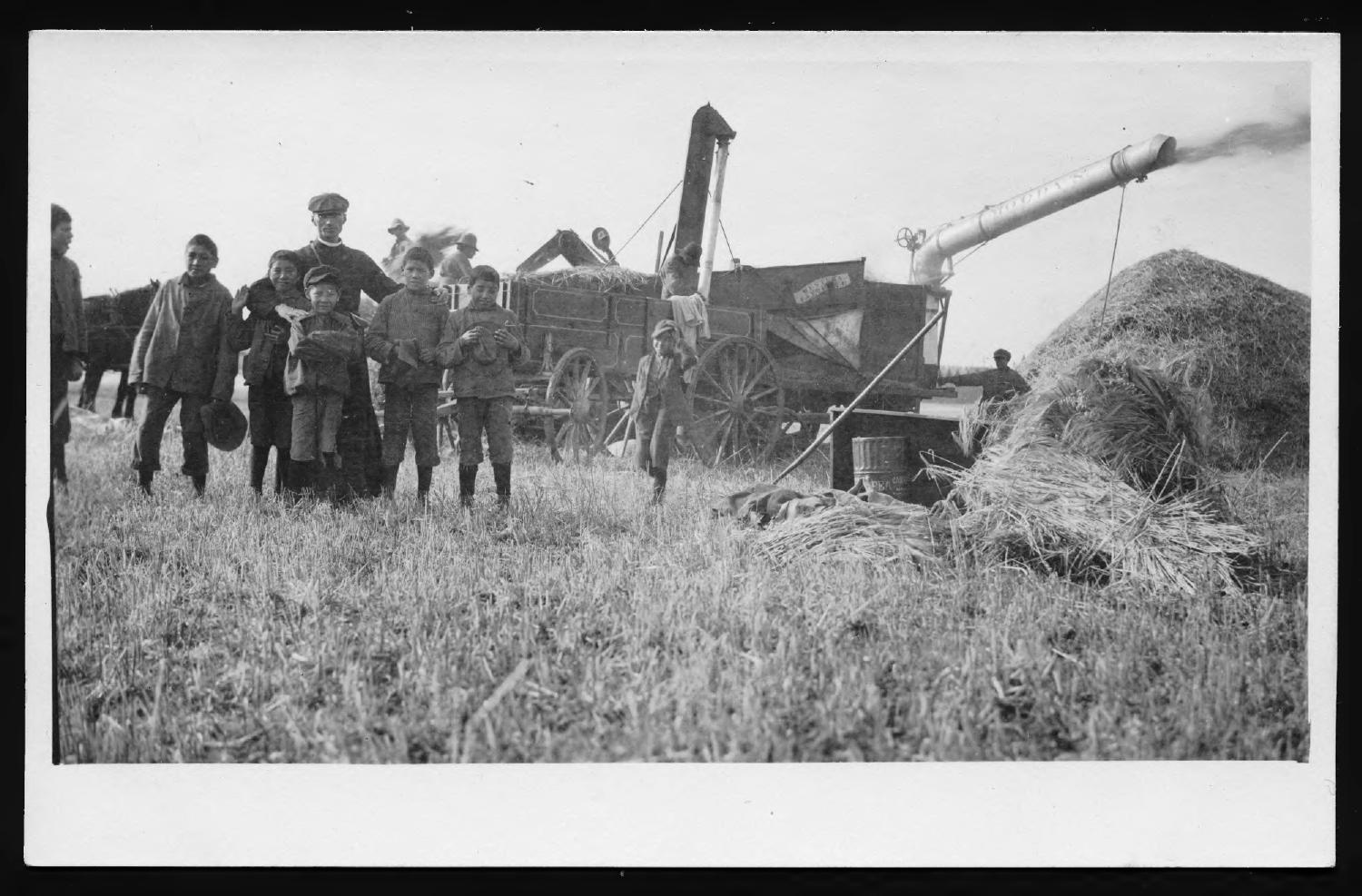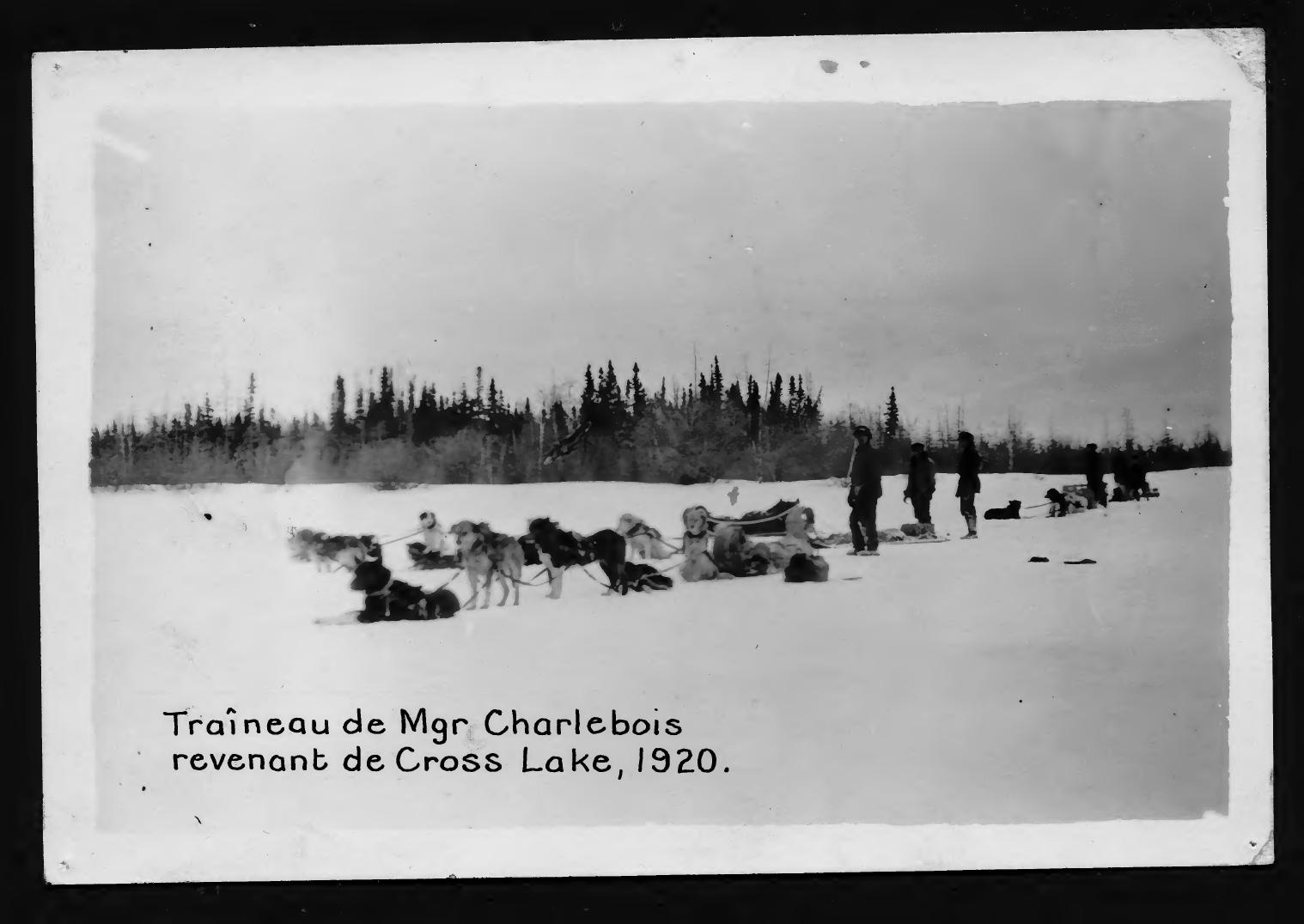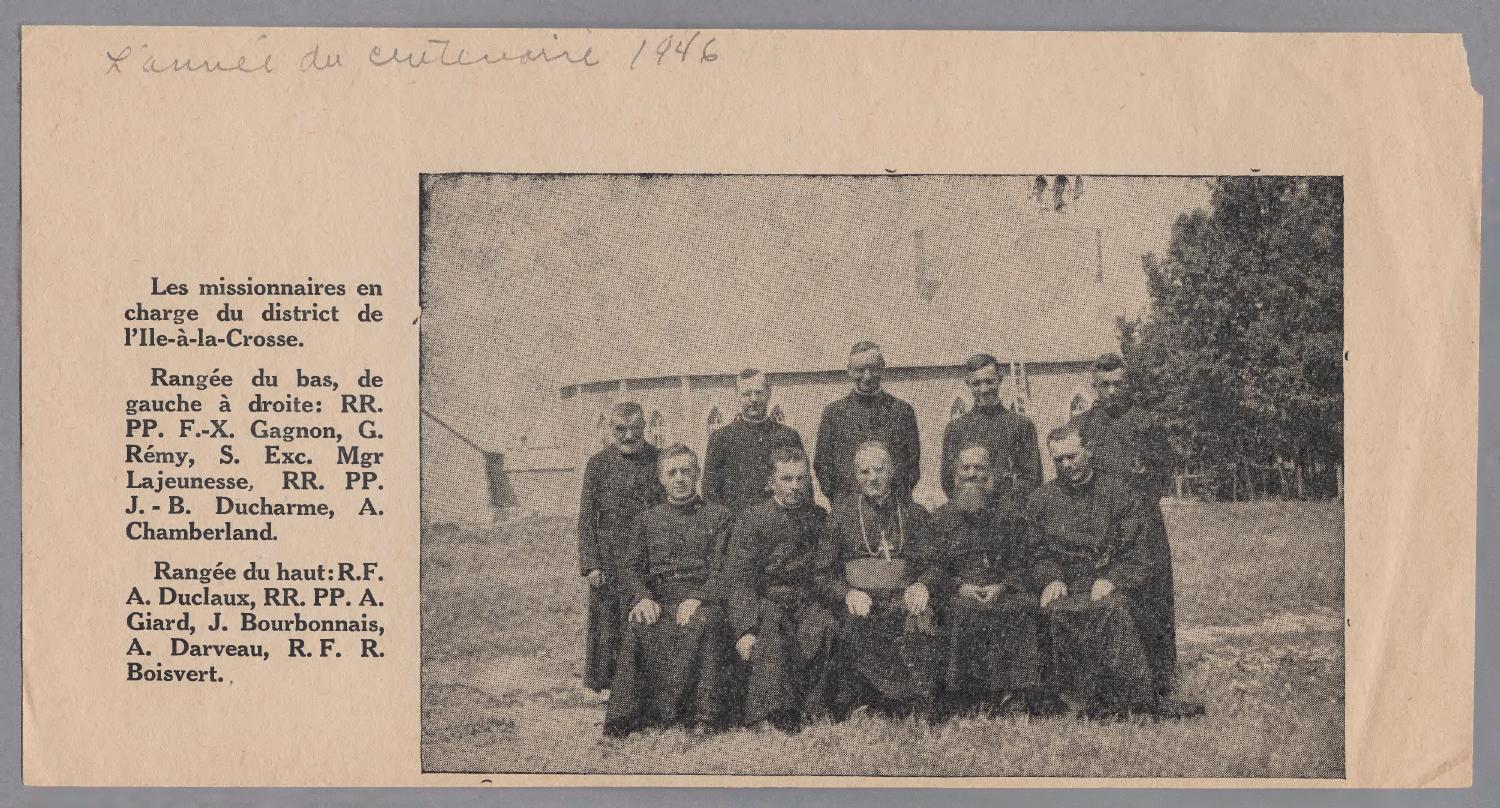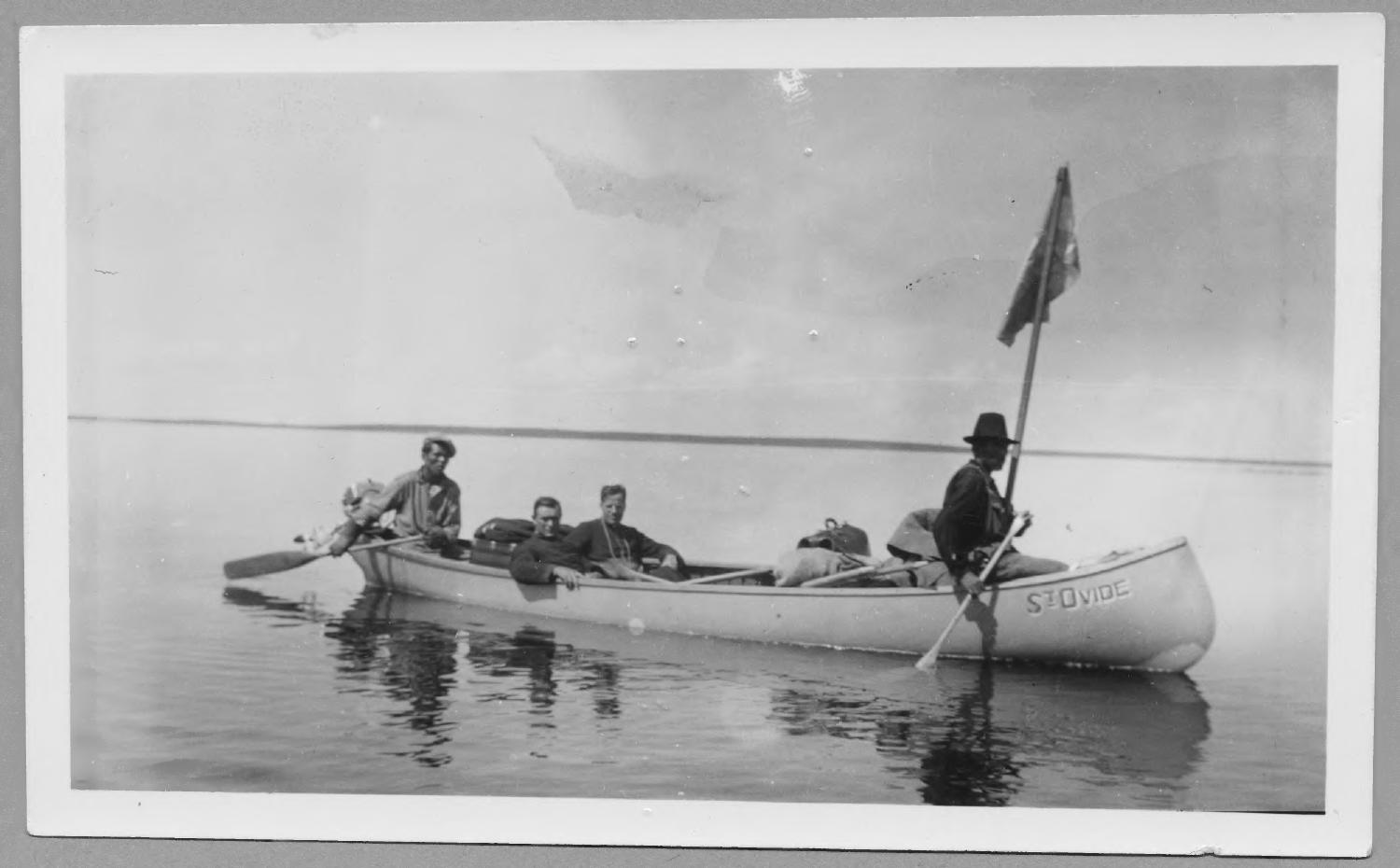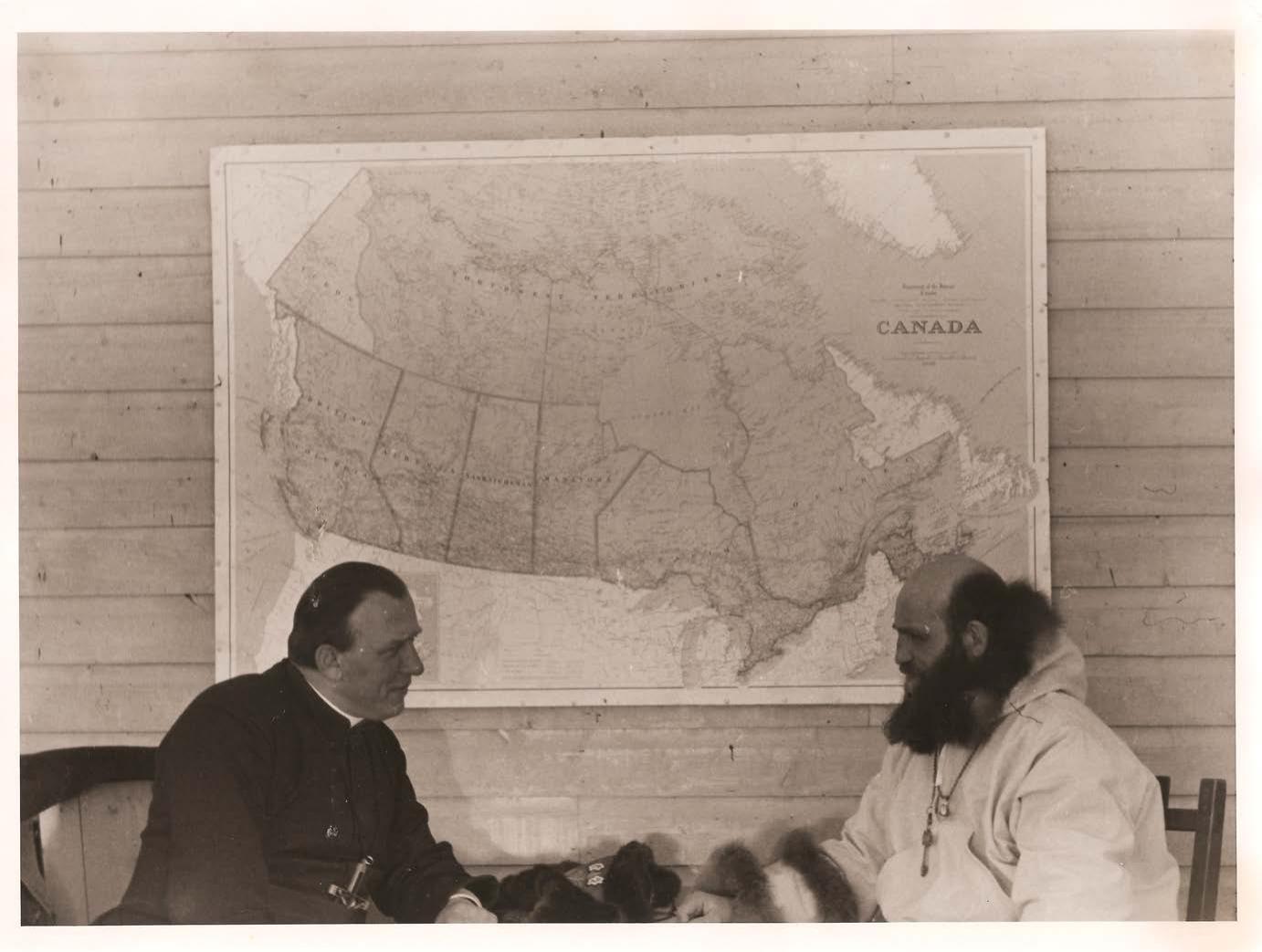Oblate Priests
The Oblate Order played a fundamental role in Canada’s residential school system, particularly in the West and North, operating 48 of these institutions starting with the Dunbow (High River) Industrial School in southern Alberta in 1884. Despite the close collaboration between the Oblates and the federal government in establishing these schools across Turtle Island, comprehensive record-keeping of the Order’s activities was inconsistent, complex, and dispersed across many offices. As a result, locating Oblate records related to residential schools is no simple task.
For several years, the National Centre for Truth and Reconciliation (NCTR) has worked in collaboration with OMI Lacombe to acquire Oblate residential school records from various archival sources and expedite access to critical historical documents, including personnel files of Oblate members who worked in residential schools in Canada. These records are vital for families and communities as they continue their research on residential school Survivors and the children who never made it home.
Through agreements and dialogue with the Oblates of OMI Lacombe, the NCTR has created a list of Oblate priests and brothers who participated in the administration and/or operations of these schools. This resource is available online through the NCTR Archives with personnel profiles and links to the schools where the Oblate members served. This crucial work continues, and the list of identified priests and brothers will be updated on an ongoing basis.
- View the list of Oblate priest names in the NCTR Archives.
- View the Oblate records held in the NCTR Archives.
NCTR’s spirit name – bezhig miigwan, meaning “one feather”.
Bezhig miigwan calls upon us to see each Survivor coming to the NCTR as a single eagle feather and to show those Survivors the same respect and attention an eagle feather deserves. It also teaches we are all in this together — we are all one, connected, and it is vital to work together to achieve reconciliation.

